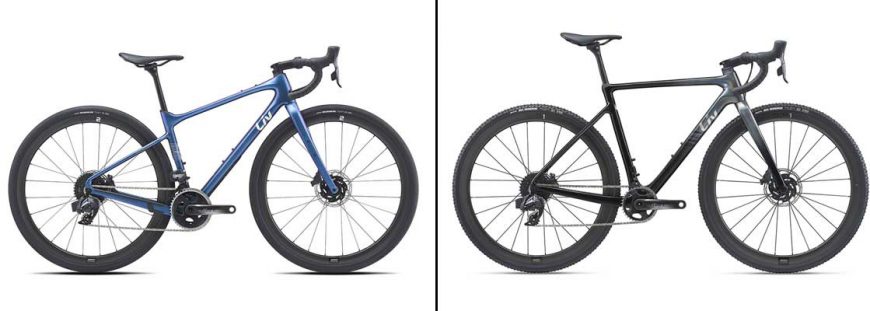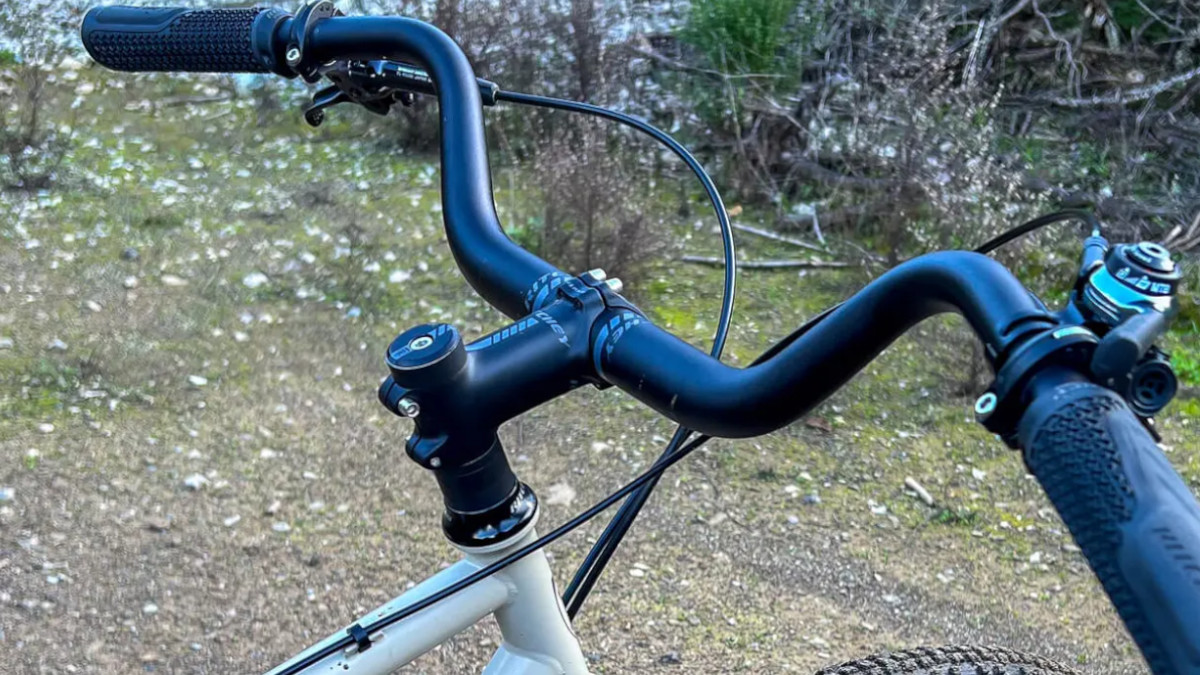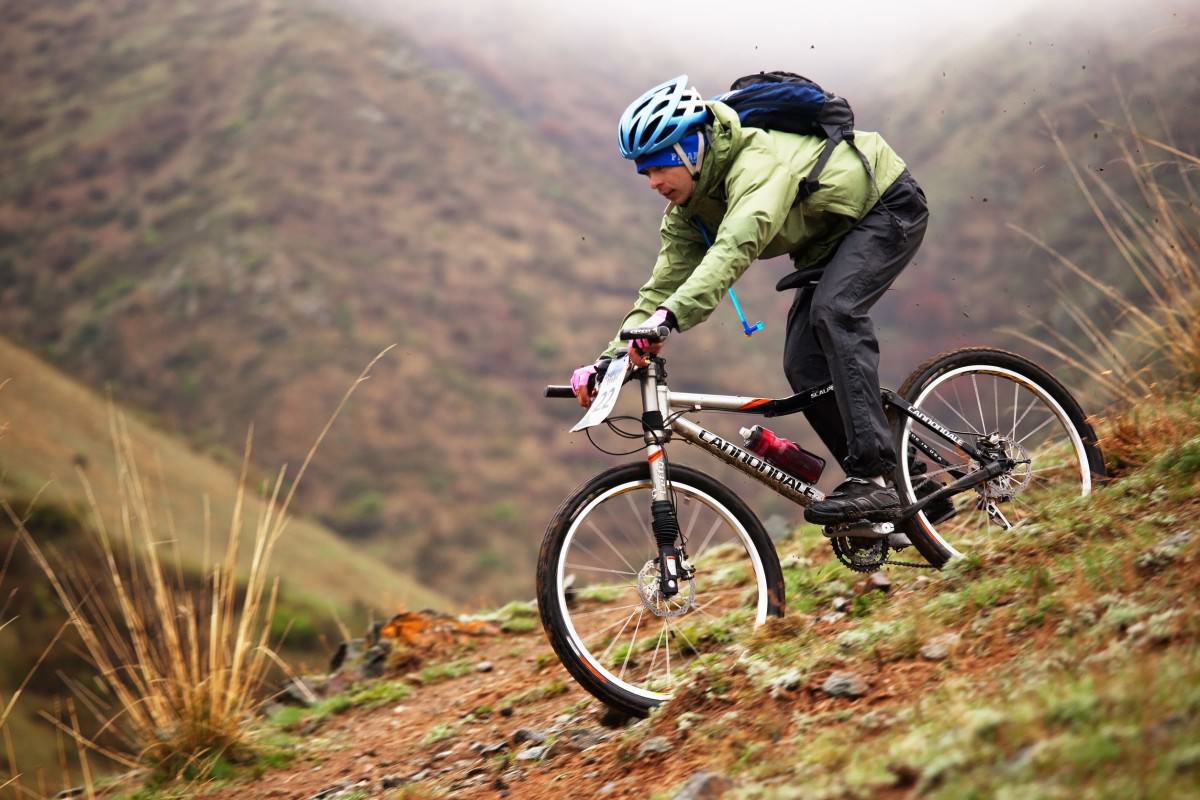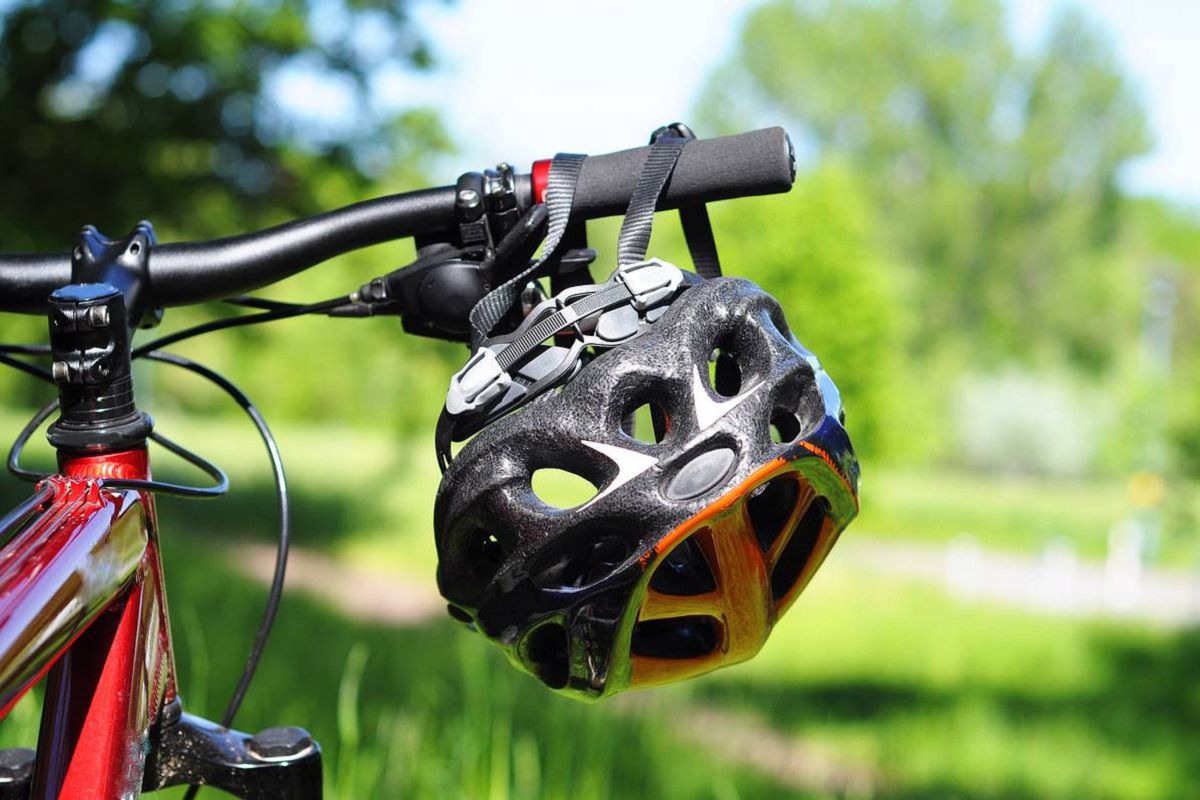Ever since cycling started evolving, gravel riding has become more famous. But each new trend brings up new difficulties. Don’t you agree? And with this trend, we are faced with a new question. What is better? Cyclocross Bikes or Gravel Bikes? Which one might be the best one for you?
There is no definite answer to this question. But here is the good part: After evaluating both types, you can decide on which one will suit you more. So, are you ready to begin?
Gravel Vs Cyclocross- What’s The Difference?
1. Difference In Geometry
There is a difference in the geometry of the two bike types, it is what makes them special and loved. When we look at a gravel bike, we can see that it has a relaxed construction and geometry. It allows the riders to spend multiple days riding this bike, and for a variety of reasons too.
Since gravel bikes are concerned more about comfort, their emphasis on aerodynamics is much less. Apart from that, these bikes also have a short reach but they do support an upright riding position. You may also notice that gravel bikes are not made to be used for higher speeds apart from the aero gravel race bikes. The main reason is that these types of bikes are made for gravel racing.
2. Cyclocross Bikes Have A Higher Bottom Bracket
A bottom bracket should be as low as possible (In some bikes), with this adjustment there is a better sense of stability with gravel bikes. This is what makes riding over rough terrain easier and it also reduces the standover height. With these features, if you are riding over technical terrain then it becomes very easy to dismount whenever you want.
Gravel bike users enjoy better stability thanks to the lower bottom brackets installed and a longer wheelbase. Cyclocross bikes are all about the thrill of the race. Riders who use these bikes require sharp steering and aggressive riding positions. You will notice a higher bottom bracket in these bikes as compared to gravel bikes. This addition improves ground clearance and allows for aggressive but safe riding. A higher bottom bracket also allows the user to shift their weight towards the front of the bike which enhances the steering.
3. Gravel Bikes Have A Slacker Head Tube
There is also a matter of head tube angles between the two bikes. Gravel bikes feature a slacker head tube angle, this is very familiar to mountain bikes. Cyclocross bikes, however, have a steep head tube angle familiar to racing road bikes.
Gravel bikes allow them to have great off-road performance as compared to Cyclocross bikes.
4. Tires and Tire Clearance
The next major difference between these two bike types is tire and tire clearance. As I discussed before, UCI has ruled out some rules when it comes to cross-bike manufacturing. With that ruling in place, cyclocross bikes have tires that have a maximum width of 33mm. Naturally, with this kind of effect, these bikes have narrow tire clearance.
Cyclocross Tires are also of different types:
- Super-Aggressive Treads: Allows clearance for mud, high-intensity racing
- Bone-Dry Treads: Best for grass and mud
5. Cyclocross Bikes Don’t Have Tire Protection
Another thing I found in my research is that cyclocross bikes don’t have tire puncture protection as compared to gravel bikes. This is where the nature of the bikes comes into play. Gravel bikes are meant for multi-terrain whereas Cyclocross bikes are meant for high-intensity racing.
6. Gravel Bikes Have A Wider Tire Width
Gravel bike tires are much wider than their cyclocross counterparts (40mm). Some new and improved frames allow for tires that are 50mm wide. If you are planning to go for tubeless my advice would be to go for gravel bikes. That’s because tubeless works best with gravel bikes. These wider tires allow the riders maximum comfort over long rides and also make it easy to ride over technical terrain.
Find the perfect tire size for your gravel bike with our comprehensive guide!
7. There Is Also A Difference In Gearing System
The gearing system of these two bike types is also defined by their nature and intent. When it comes to cross bikes, a narrow gear range is best suited for these types of bikes. When you have a gearing system like this you can have a strong sprint that even allows you to ascend short climbs powerfully. Apart from this, you can also tackle mud and grassy areas.
Cyclocross bikes first started featuring 2x drivetrains but they often had complaints of being too heavy. Now modern cyclocross bikes come installed with a 1x drivetrain. This makes a huge difference in reducing the overall weight of the bike. Apart from this, having a 1x drivetrain also protects against mud buildup. But you can still choose between 2x and 1x drivetrains when purchasing a cyclocross bike.
8. Gravel Bikes Require A Wider Gear Range
Gravel bikes require a much wider gear range to perform perfectly. One reason for this is that gravel bikes have to ride on all kinds of terrain, from mountainous regions to technical terrain. This category of bikes is also fitted with 1x or 2x drivetrains, my preference is to go for the 2x drivetrain.
If you won’t be riding the technical terrain that much and will be focusing on paved roads, you will love the nature of the 2x drivetrains. Moreover, with the 2x drivetrain choice, you will also be able to enjoy an easy bottom bracket.
While 1x drivetrains are also great, they still have limits that badly affect the user’s experience. However, some groupsets offer customized experiences like Shimano GRX, SRAM XPLR, and much more.
9. Different Luggage Mounts and Mudguards
Normal bikes that are used for a variety of reasons have luggage mounts and mudguards installed. When it comes to cyclocross and gravel bikes, this becomes very different. Let’s take a look at cyclocross bikes first.
Most cyclocross bikes are only meant for racing. There are no mounts for luggage or even a mudguard. Most of the time you will only see a singular bottle cage. The reason for this is that racers believe that they need only one bottle for a whole hour of intense racing. Of course, this depends on your priorities.
Gravel bikes on the other hand are fitted with various bottle cage mounts. You may even sometimes find a third bottle cage and fork blade mounts that allow you to carry cargo. Some gravel bike frames even have a mount on the top tube where you can place a snack box or something like that in the category. Mudguard mounts are also very common in gravel bikes.
Confused about what is a gravel bike? Read our comprehensive guide to know all you need to know about gravel bikes!
10. Finishing Kit
The finishing kit depicts handlebars dropper posts and seats. As per UCI instructions, cyclocross bike handlebars should have a maximum width of 50cm. It cannot exceed this, you will find most cross bikes have a narrow handlebar width as compared to this. I would recommend testing out the handlebars and seeing what makes you comfortable before purchasing a cyclocross bike.
Gravel bikes and Mountain bikes have one thing in common and that is super-wide handlebars. These handlebars make sure that the rider feels comfortable while having their long adventures over multiple terrains.
Embark on gravel adventures with the best options available! Explore our guide on the best Gravel bikes to find the perfect ride for your off-road excursions.
Start your mountain biking adventure right! Explore the best Mountain bikes for beginners with our concise guide.
11. Different Bars
Let’s discuss the bars now, you will see that gravel bikes feature a flared bar whereas cyclocross bikes have a more traditional drop. The positioning between these two drops is also different. You will find that it is wider than what is placed on the hood. Nevertheless, an adjustment between the two bars is there to make sure that descending is safe and easy.
12. Difference In Seatposts
Gravel bikes have the kind of seat posts that allow the user to flex, which is necessary for comfort if you are looking at bumpy roads and long distances. Cyclocross bikes on the other hand have seatposts that allow for aggressive riding and sharp turning with maximum power transition.
Cyclocross Or Gravel Bike: What Do I Prefer?
We have discussed the main aspects that differentiate Cyclocross and Gravel Bikes. What I like to do is use these two bikes in reverse roles. What I mean by reverse roles here is using a gravel bike for cyclocross races and a cyclocross bike for gravel cycling. Confused? Let’s discuss it!
Even though the nature of these bikes is different, many racers have customized their cyclocross bikes for off-road adventures. The only limiting factor over here would be the tire clearance but you can sort that out. Even in some cases, the difference in geometry between the two bikes is minimal. With the right customization, you can turn your cyclocross rig into an off-road race bike. You can even use a normal road bike for cyclocross racing if it well pleases you!
The other question is if gravel bikes can be used for cyclocross races. The short answer is yes. Most gravel bikes can be used for these sorts of racing because of their construction. Unless it is a UCI race because that is where the rules will have to be followed.
Even if the gravel bikes tend to have a wider tire clearance and wider handlebars than 50cm, they will work perfectly. If you are a beginner, you can even start with a normal mountain bike. This is one way to grow your skillset. Gravel frames are strong so it is fine if you take a bump or two.
One important thing to consider here will be the weather conditions and tires. If you are using a gravel bike for cyclocross racing and the terrain is wet or muddy then be sure to swap out the tires. You will need something for the extra strong grip and stability. Cyclocross tires work well in this regard! Gravel riders will love the combination of their bikes in these sorts of races.
For me, the clear winner is undoubtedly Gravel Bikes. The reason behind my choice is their exceptional adaptability and versatility. These bikes have a robust geometry that ensures your adventures are never limited. Although I did experiment with cyclocross bikes for a while, I ultimately reverted to my beloved Apollo simply because I couldn’t bear to part with the exhilarating rides it provides.
Recap
With all the key differences between Cyclocross and Gravel Bikes explained you can easily choose which one you want. All these bikes are unique and have special usage/features. Choose according to your needs. Here’s the fun part: These bikes can be used for different disciplines. You can use them however you see fit.
Nevertheless, going for either Cyclocross or Gravel will not disappoint you. What’s your pick? Let me know in the comments below.
Also Read:
Should you have any questions or require further clarification on the topic, please feel free to connect with our expert author Rhodes Perry by leaving a comment below. We value your engagement and are here to assist you.









